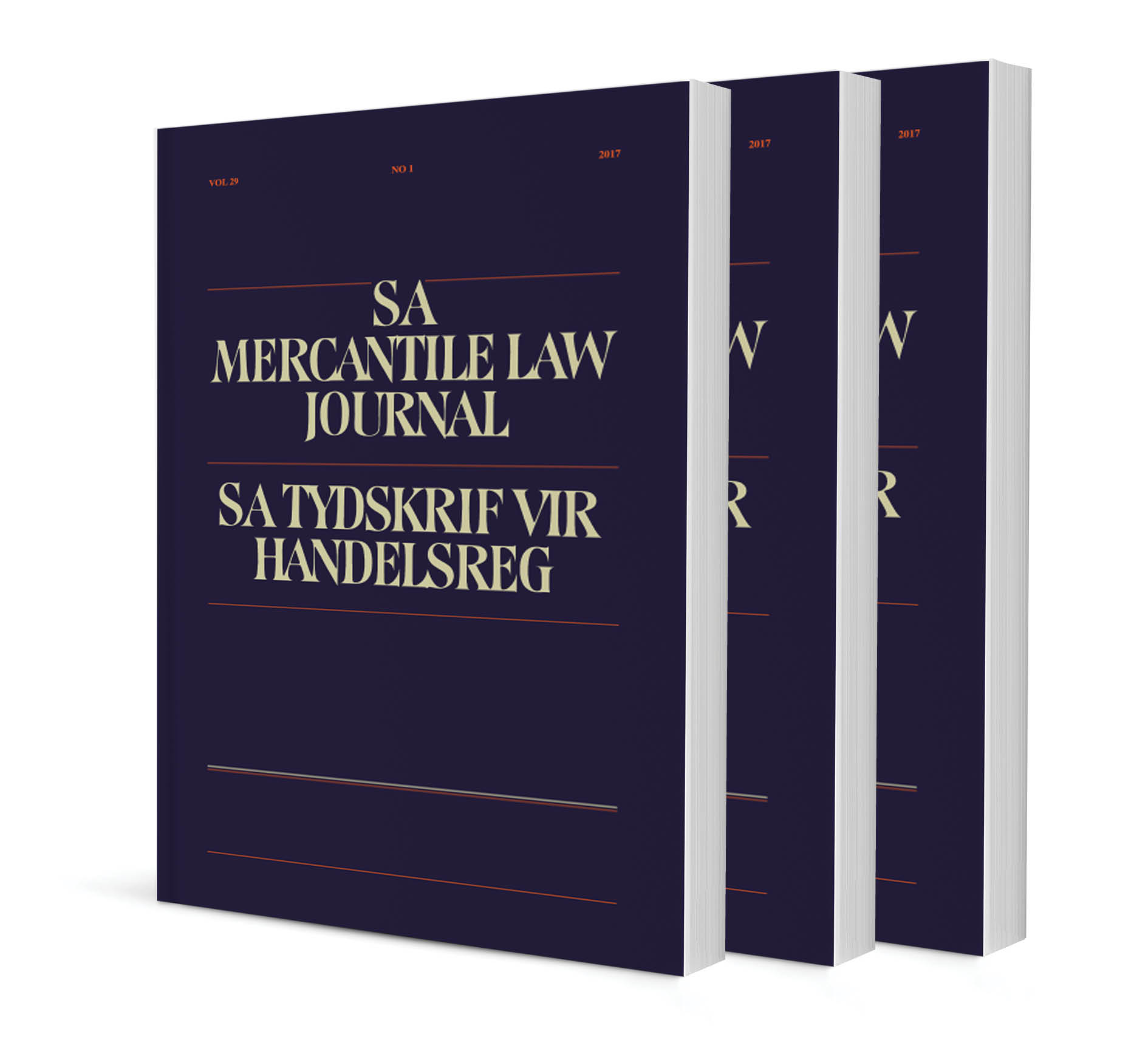
Case Notes: Jurisdictional Quandaries Triggered by a New Variant for Dismissal
Author: Tumo Charles Maloka
ISSN: 1996-2185
Affiliations: University of Limpopo
Source: South African Mercantile Law Journal, Volume 34 Issue 1, 2021, p. 135 – 151
https://doi.org/10.47348/SAMLJ/v34/i1a6
Abstract
While the imperative tone of the Constitutional Court (CC) in Steenkamp v Edcon Ltd (2016) 37 ILJ 564 (CC) (Steenkamp I) leaves no doubt that the Labour Relations Act 66 of 1995 (LRA) does not contemplate invalid dismissals or an order declaring a dismissal invalid, or of no force or effect, the extent of the Labour Court’s (LC) jurisdiction to grant appropriate relief declaring dismissals unlawful and invalid because they constitute encroachment of the applicants’ fundamental rights is a vexed question. In Steenkamp I it was decided that when an applicant alleges that a dismissal is unlawful (as opposed to unfair), there is no remedy under the LRA. What this means is that the LC lacks jurisdiction to make any determination of unlawfulness. A multi-layered and complex jurisdictional problem arose in Chubisi v SABC (SOC) Ltd (2021) 42 ILJ 395 (LC) (Chubisi) where the question was whether Ms Chubisi could obtain a declaratory order that the termination of her contract of employment was unconstitutional, unlawful, invalid and of no force and effect. At issue was the termination of employment pursuant to non-recognition of the employee’s contract by the public broadcaster ostensibly to give effect to the Public Protector’s remedial actions. There is no doubt that the remedial actions of the Public Protector have a binding effect, unless, of course, they are reviewed and set aside (EFF v Speaker of the National Assembly 2016 (3) SA 580 (CC); see also Mhango & Dyani-Mhango, ‘The powers of the South African Public Protector: A note on Economic Freedom Fighters v Speaker of the National Assembly’ 2020 African Journal of Legal Studies 1). The court held in Chubisi that the termination of the applicant’s contract of employment by the South African Broadcasting Corporation (SABC) was unlawful, invalid and of no force and effect. The question that arises, therefore, is whether the LC in granting a declaratory order to the effect that the termination of employment was unlawful and invalid misinterpreted and misconstrued the ratio of Steenkamp I. To answer this question, the reasoning of Tlhotlhalemaje J in addressing jurisdictional difficulties requires close scrutiny and analysis. In effect, the resolution of the issues emerging from Chubisi allows for a detailed examination of the import of Steenkamp I. This also provides a platform for examining the fundamental but somewhat tenuous distinction between the jurisdiction and the powers of the LC. In legal parlance, the critical task for the court in any given case is to decide whether the statutory provision on which an applicant relies to found jurisdiction is indeed one that confers jurisdiction. At a more general level, Chubisi implicates corporate governance malaise at the SABC with the unfortunate reality of retrenchments. Therefore, a concise discussion of the corporate governance challenges is merited.